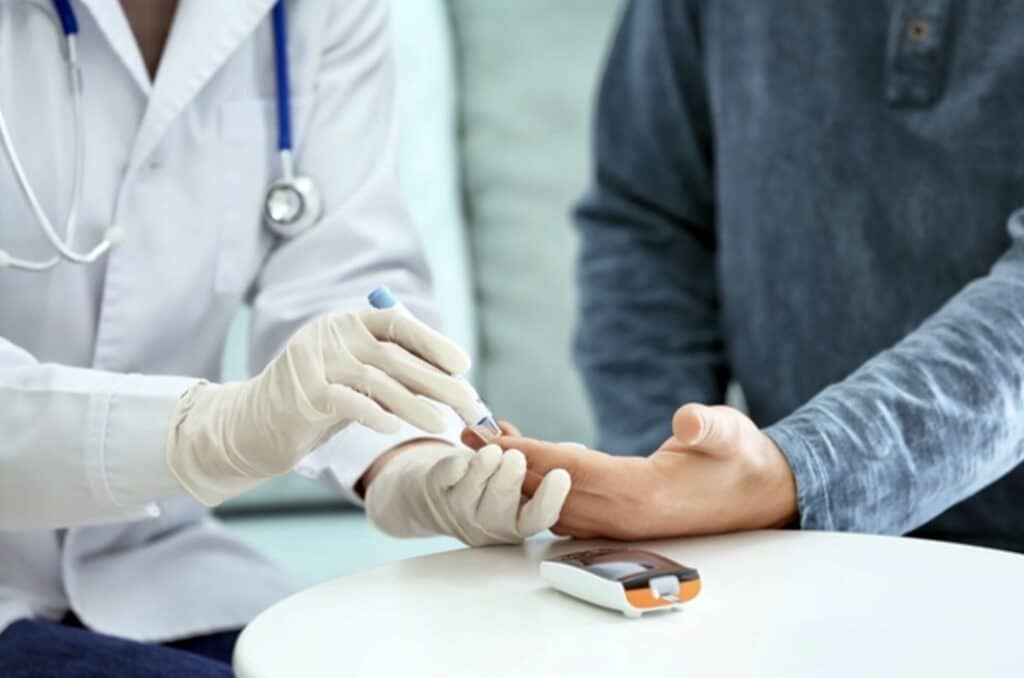by Henrylito D. Tacio

“When wealth is lost, nothing is lost; when health is lost, something is lost; when character is lost, all is lost.” – Billy Graham
***
“Health is the greatest gift,” Buddha said. “The greatest wealth is health,” Virgil agreed. But it was Mahatma Gandhi who said it best: “It is health that is real wealth and not pieces of gold and silver.”
“Bawal ang magkasakit,” so goes a familiar adage. If we can help it, we don’t want to get sick. That was why we followed the health protocols during the pandemic: wearing face masks, washing our hands, and avoiding places where there were so many people.
From time to time, we get sick. Fever, headaches, and coughs are the usual complaints. Generally, we stay in the hospitals for two to five days. But there are instances when the doctor finds something is wrong with the person.
And that’s where the trouble begins – especially if the person is poor. Based on the Preliminary Results of the Family Income and Expenditure Survey (FIES) in 2021, poverty incidence among the population – defined as the proportion of Filipinos whose per capita income cannot sufficiently meet the individual basic food and non-food needs – was recorded at 18.1%.
Now, if these people cannot afford to buy their basic needs, how much more for their hospital expenses?
What most Filipinos don’t know is that President Ferdinand R. Marcos, Jr. signed last year Republic Act No. 11959 or the Regional Specialty Centers Act.
“It is the policy of the State to protect and promote the right to health of the people and instill health consciousness among them by making health services available, accessible, and affordable for all,” said the Act’s declaration of policy.
“Towards this end,” it added, “the State shall adopt an integrated and comprehensive approach to health development by providing specialized health services to the general public through the establishment and institutionalization of specialty healthcare centers in all regions of the Philippines.”
Specialty center is defined as “a unit or department in a hospital that offers specialized care addressing particular conditions and providing specific procedures and management of cases requiring specialized training and equipment on a specific specialty.”
The Department of Health (DOH) is given the task to establish specialty centers in all its hospitals in every region and in GOCC (government-owned and controlled corporations) hospitals “pursuant to their respective mandates.”
The following specialties are given priority: cancer care, cardiovascular care, lung care, renal care and kidney transplant, brain and spine care, trauma care, burn care, orthopedic care, physical rehabilitation medicine, infectious disease and tropical medicine, toxicology, mental health, geriatric care, neonatal care, dermatology, eye care, and ear, nose, and throat care.
If you take a closer look at the list of specialties, you can’t find care and management for those with diabetes. So, one wonders: is diabetes not a burden of disease?
For those who don’t know, our country has a high prevalence of diabetes, a chronic condition that affects the body’s ability to regulate blood sugar. The International Diabetes Federation (IDF) said around 6.3% of Filipino adults have diabetes.
But most health experts believe the number of Filipinos with diabetes may be higher, as some of them remain undiagnosed or have pre-diabetes.
Our country ranks fifth – behind China, Indonesia, Japan, and Thailand – in the number of diabetics in the Western Pacific, according to the World Health Organization (WHO).
From the average 32,991 deaths between 2015 to 2019, the figure rose to 37,265 in 2020, as per data from the Philippine Statistics Authority showed. This made diabetes the fourth leading cause of death in the country.
The Philippine Health Insurance Corporation (PHIC) is spending a lot of money for dialysis and transplants, cataracts and expensive eye procedures, prosthesis due to amputations, cardiac angioplasties and bypass, stroke management and other vascular problems. Most of them are brought about by diabetes.
Again, we wonder why diabetes has been excluded from the list. It must be recalled that during the pandemic, diabetes was a dreaded disease because if you are suffering from it and you caught the corona virus the prognosis becomes graver.
It is also the same with other diseases, especially with pre-existing infectious and vascular diseases. If the person has diabetes, the condition becomes morbid. An ounce of prevention, so goes a popular saying, is better than a pound of cure.
As one doctor told me, “If we can contain the gravity of diabetes, it becomes less morbid, less incapacitating, less complicated, and less expenses to the patient and to our national health insurance program, which is facing budget problems.”
We are hoping that diabetes care will be included in the implementing rules and regulations of Republic Act No. 11959. – ###
